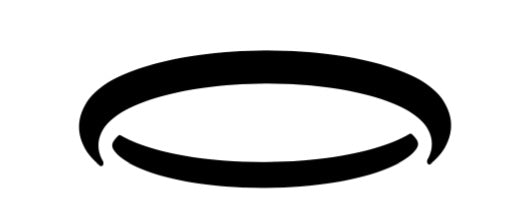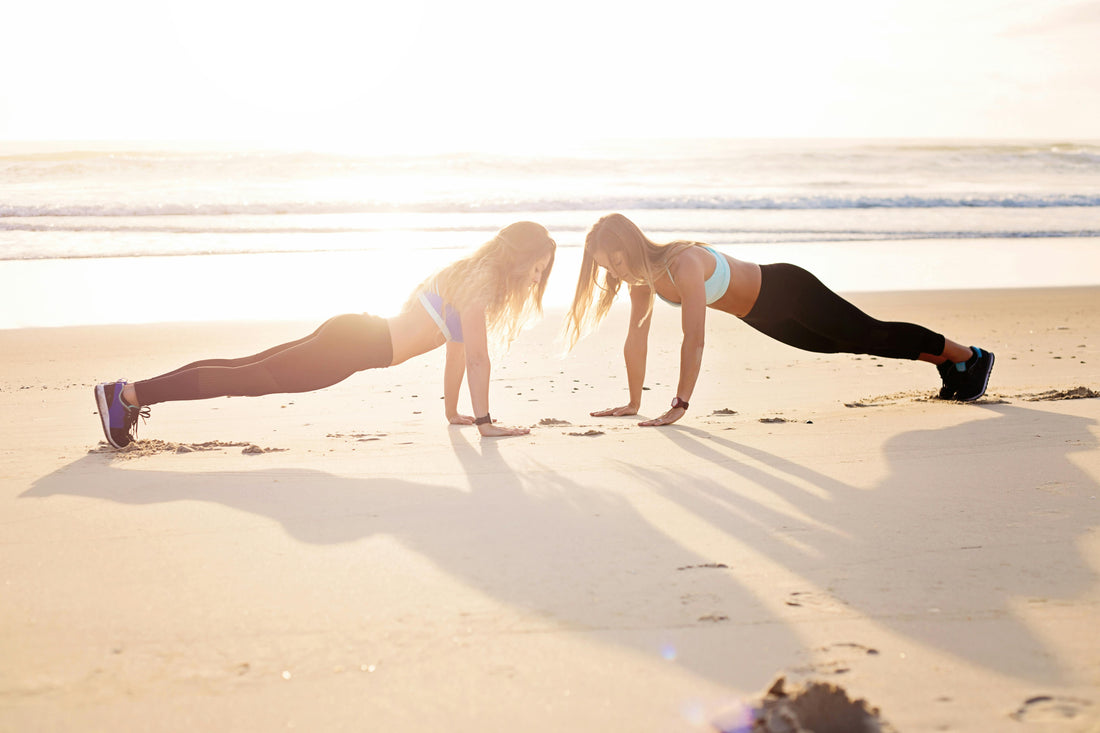A Beginner’s Guide to Calisthenics – Strength Training with Zero Equipment
Enter calisthenics—strength training using only your body weight. It’s simple, effective, and (best of all) free. Whether you want to build muscle, improve mobility, or just impress your mates with a slick set of pull-ups, this guide will help you get started.
What is Calisthenics?
Calisthenics is all about using your own body weight to build strength. Think push-ups, squats, and pull-ups—the kind of exercises that don’t need fancy machines or weights. It’s been around for centuries, used by gymnasts, martial artists, and even the military.
The best part? You can do it anywhere—at home, in the park, or even in your office (just maybe not in a meeting).
Why Choose Calisthenics?
✅ No equipment needed – Just you and some space.
✅ Saves money – No gym fees, no expensive gear.
✅ Boosts real-world strength – It trains your muscles in ways that actually help in daily life.
✅ Improves mobility and flexibility – Unlike weightlifting, calisthenics encourages full-body movement.
✅ Beginner-friendly but scalable – Start simple, then progress to jaw-dropping moves like muscle-ups.
The 5 Essential Beginner Calisthenics Moves
These five exercises will set you up with a solid foundation. Master these, and you’ll be well on your way!
1. Push-Ups (Chest, Shoulders, Triceps, Core)
• Start in a high plank, hands shoulder-width apart.
• Lower yourself until your chest nearly touches the ground.
• Push back up.
• Too tough? Drop to your knees. Too easy? Try diamond push-ups.
2. Squats (Legs, Glutes, Core)
• Stand with feet shoulder-width apart.
• Lower yourself like you’re sitting in an invisible chair.
• Keep your chest up and knees behind your toes.
• Stand back up and repeat.
3. Plank (Core, Shoulders)
• Get into a push-up position, but rest on your forearms.
• Keep your back straight—no sagging!
• Hold for as long as you can (aim for 30 seconds+).
4. Lunges (Legs, Glutes)
• Step one foot forward and lower until both knees form 90-degree angles.
• Push back up and switch legs.
• Want a challenge? Try jumping lunges.
5. Pull-Ups (Back, Biceps, Core)
• Find a sturdy bar (a tree branch, playground equipment, or a pull-up bar).
• Grab it with an overhand grip, hands slightly wider than shoulder-width.
• Pull yourself up until your chin is over the bar.
• Lower yourself back down slowly.
• Can’t do one yet? Try assisted pull-ups using resistance bands.
How to Build a Calisthenics Routine
Here’s a simple plan to get you started. Do 3 rounds of the following, 3–4 times a week:
✅ 10 Push-Ups
✅ 10 Squats
✅ 30-second Plank
✅ 10 Lunges (each leg)
✅ 5 Pull-Ups (or assisted)
Progression tip: If this feels too easy, increase the reps, slow down your movements, or add explosive variations like clap push-ups or jump squats.
Common Beginner Mistakes (and How to Avoid Them!)
🚫 Skipping warm-ups – Always warm up with dynamic stretches or light cardio to avoid injuries.
🚫 Bad form – Quality over quantity! Control your movements to get stronger, faster.
🚫 Doing too much, too soon – Don’t jump into advanced moves (like human flags!) before mastering the basics.
🚫 Ignoring rest days – Your muscles grow when you rest, not when you train.
How Long Before You See Results?
If you’re consistent, expect to notice changes within 4–6 weeks. You’ll feel stronger, move better, and maybe even start showing off your gains (hello, new arm muscles).
Next Steps: Levelling Up Your Calisthenics Game
Once you’re comfortable, you can start exploring:
🔥 Pistol squats (one-legged squats)
🔥 Handstand push-ups (for superhero shoulders)
🔥 Muscle-ups (for ultimate bragging rights)
Or, take it outdoors and join a calisthenics park community—you’ll find them in cities worldwide!
Final Thoughts: Start Today!
Calisthenics is simple, fun, and ridiculously effective. No excuses—just get moving! Start with the basics, build your strength, and soon you’ll be pulling off skills you never thought possible.
Now, go on—drop down and give me ten!

